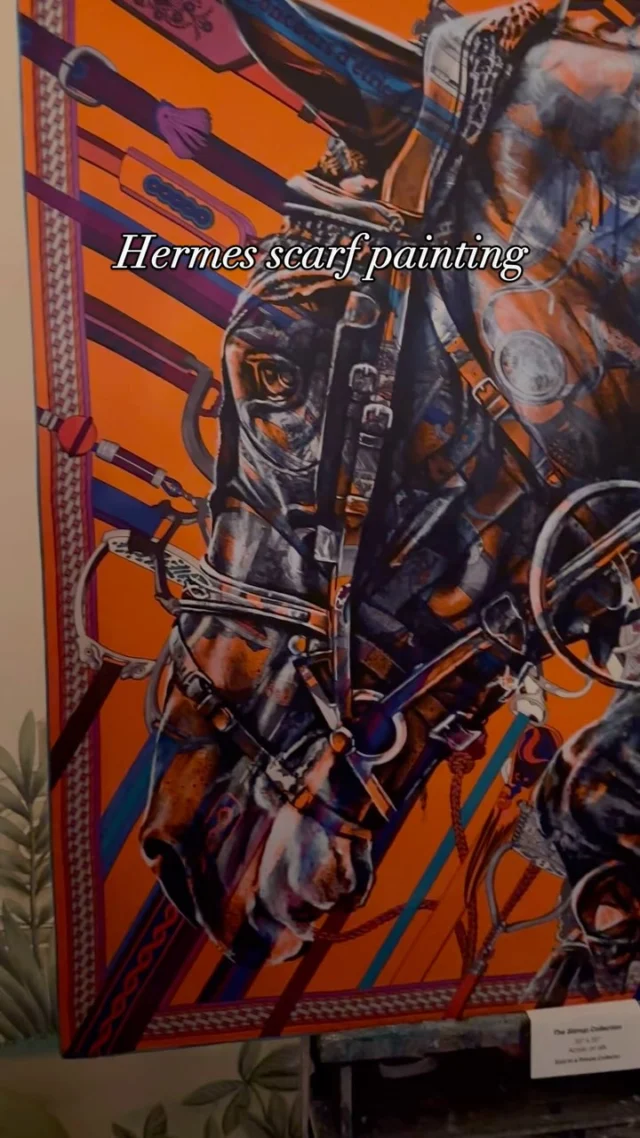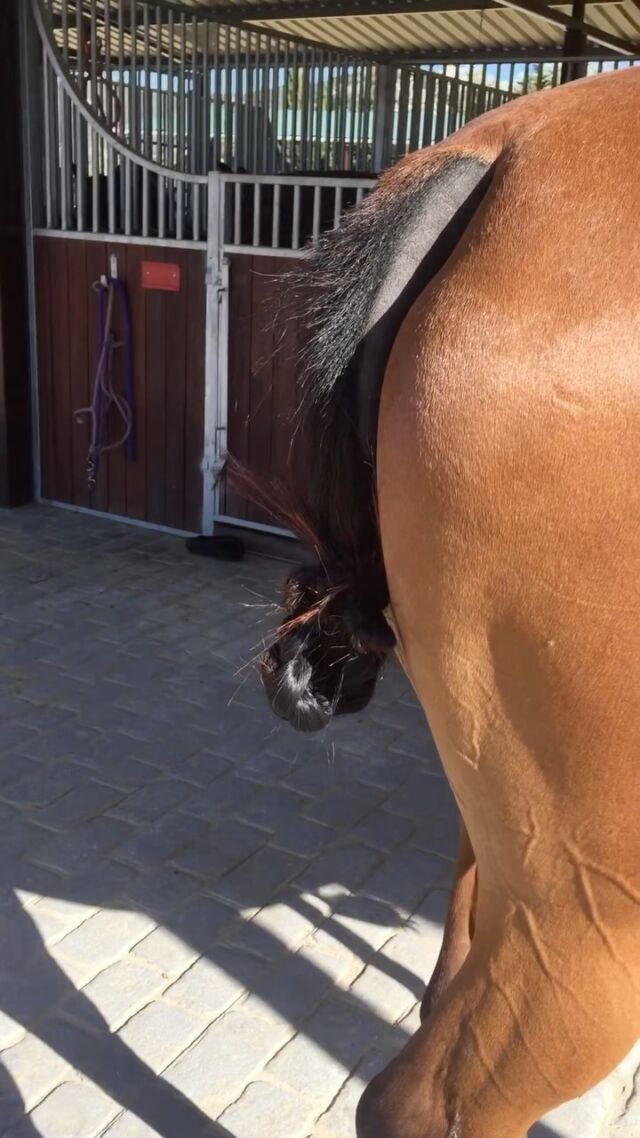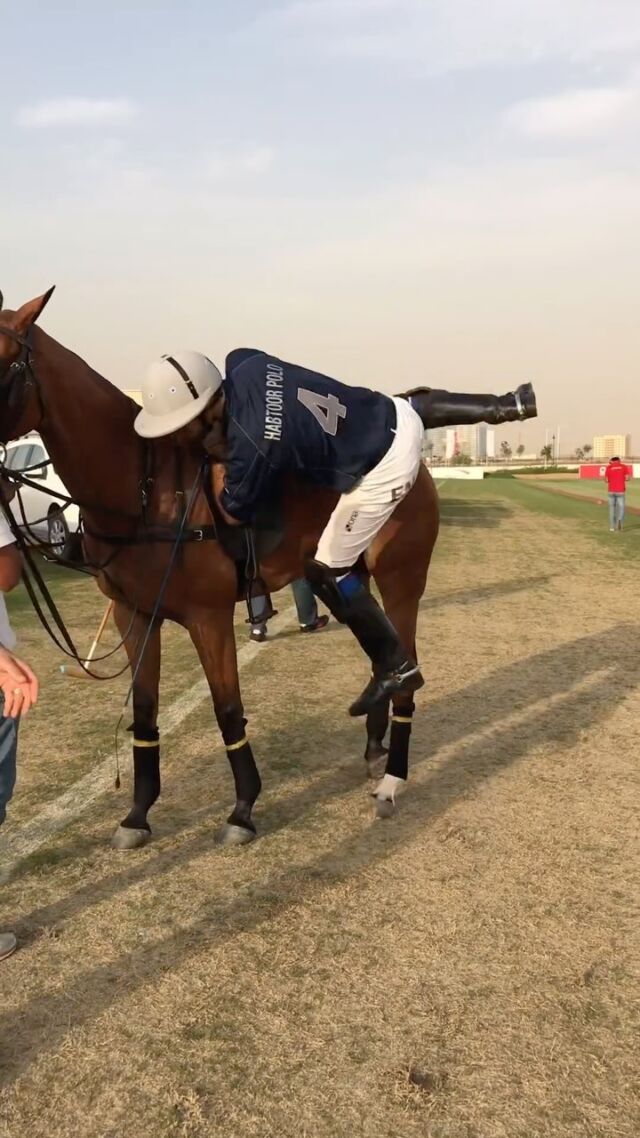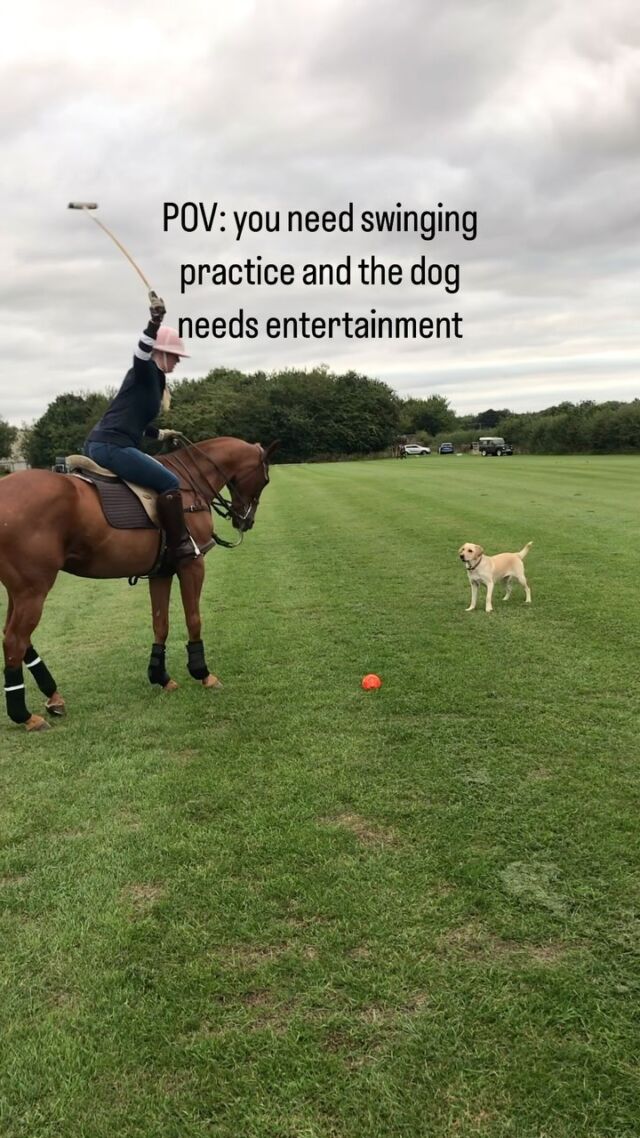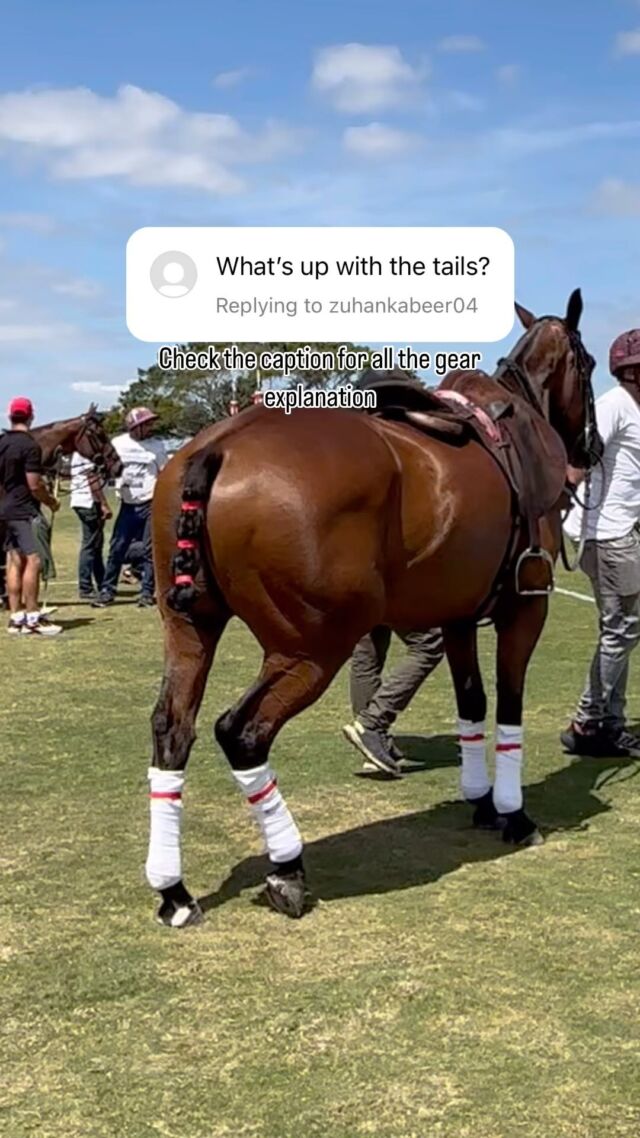The A to Z of Polo – Glossary

Polo is a complex sport, with its own vast vocabulary – between the polo lingo, the mixture of languages and traditional Persian words it can be difficult to understand what is actually being said. So here is a little helping hand in the form of an A to Z glossary of polo. Enjoy!
A– Argentina has become the motherland of polo, although polo is originally from ancient Persia and it was the Brits who spread the sport far and wide, nowadays Argentina has the leaders in polo, the highest handicapped players are from there and the most prestigious polo tournament, the Palermo Open is held in Buenos Aires. (This is where my passion started which you can read about here. And I am heading there next week, so stay tuned)
- Another very important word that starts with A and is very associated with polo is the Asado, barbecue Argentinian style.
B– Bocha is the Spanish word for ball. The polo ball is about 3 inches in diameter and 3,5 ounces, traditionally they were made of wood, now they are made of a more durable plastic as the wooden balls would split. In arena, snow, beach and city polo an inflatable ball is used.

At Chestertons Polo in the Park I received a custom painted La Martina polo ball, painted by the famous tattooist Satwinder Sehmi. With Adrian Simonetti, CEO of La Martina. Read more about that day here.

Arena Polo ball
C– Chukka or Chukker means a period of play, which is 7,5 minutes. After 7 minutes the first bell will ring meaning that there is 30 seconds left of play. The chukka ends if the ball goes out of the field or a goal is scored in these last 30 seconds.
D– Divots are the pieces of grass that get kicked up by the ponies. At Half-Time spectators are invited on the field to divot-stomp, placing the pieces of grass back in their holes. This is an axcellent photo op (and at IPC in Florida they give out free champagne to divot stompers).

I am teaching my friend’s daughter how to divot-stomp at the Cartier Queen’s Cup Final 2017

Cheers! Divot stomping with Philippa and some champers at IPC during the US Open Final 2017
E– Ends of the field, whenever someone scores a goal the teams changed ends of the field (this rule is altered in ‘City Polo’ and ‘Beach Polo’ where teams only change ends at half-time.
F– Field, a full-size field is 300 yards long and 160-200 yards wide. Don’t worry, we have a smaller sized field so you don’t exhaust yourself on the first canter.
G– Goaaaaaaal! A goal is scored when the ball goes between the goalposts, even if it is way above the posts, as long as it is in between it is a goal, regardless of who knocks it in, including ponies. Goal is also often used to describe a player, team or tournament’s handicap. So a 20 goal tournament means the teams have 20 in handicap together and a 4-goaler is a polo player with four in handicap, see handicap below.

Goal!! At Chestertons Polo in the Park
H– Handicap is how polo players’ skills are measured. The handicap system ranges from -2 being the novices to +10 which are the very best in the world, currently, there are 9 players in the world who hold this handicap. For more on handicaps check out this post.
- Hooking is also an important thing to know as this is one of the manoeuvres allowed in polo, if the opponent is on the same side as the ball of the player about to hit the ball, the opponent can put his mallet in the way and “hook” the player, ruining the shot.
I – Intervals – 3,5 minutes between chukkas and 5-10 minutes at half-time (sometimes longer, depends on the club and tournament). Players must change ponies at intervals and cannot play two consecutive chukkas on the same horse.
K– Knock-in means that someone shoots the ball in from the sideline. When playing a tournament match the two teams will line up on either side of a line and the umpire (see below) will throw the ball in between them. When playing chukkas or an informal match without an umpire one of the team members will hit the ball from the side or end to start the play. Sometimes a celebrity, public or important figure will do the honor of throwing in the first ball of the match.
L-Line of the ball, this is an invisible line created between the player who hits the ball and the ball, an opponents is not allowed to cross this line. The line of the ball changes when someone from the same team is further ahead and in line.
M– Mallet, the traditional stick is made of bamboo and the head is made of wood, there is a flat end and a pointy end, you hit the ball with the side of the mallet head, not the end like in crocket. Newer mallets have been made with carbon fibre, especially in arena polo. The sling at the end of the mallet goes around the thumb and hand as shown in the pictures (not around the wrist).

How to hold a polo mallet
N– Nearside, as confusing as it may be for most, the nearside is the left side of the horse. One way to remember this is that when you want to hit a nearside shot, your mallet will be very near to you.
O– Offside is the right side of the horse. Opposed to the nearside when you want to hit a shot on your offside you will have your arm extended away from your body.
P– Penalty. There are several penalties in polo 30- yard, 40-yard and 60- yard, where the ball is placed at the corresponding mark and the player will have to hit it through the goal posts. 60-yard penalties can in some cases be defended by the other team by standing in from of the goal, but as mentioned before if the ball goes between the goal posts, even if it is above them it is still a goal, so very good players will shoot the ball over the opposing team.There are three other penalties, which can be an automatic goal, knock in from anywhere on the field and a knock in from the centre.
- Ponies. In polo the horses are called ponies, although technically they are horses as ponies are below 14.2 hands (58 inches, 147 cm, back in the day before Inches and centimetres people measured their horses by stacking clenched fists one on top of the other, so basically the side of a hand) polo horses are generally between 15 and 16 hands and this is the height of their withers (the bone at the bottom of it’s mane).
Q – Quartet, in traditional grass polo there are four players on a team, in arena, city, snow or beach polo there can be 3 or even 2 players on each team (but the team really consists of a lot of people, including grooms, trainers, managers, kids, wives, girlfriends and many more)

The Whole Ayala team after winning the Copa de Pro in Sotogrande – read more about it here
S– Safety is key in polo. The rules of polo are made for the safety of players and horses. All equine sports are dangerous and we must be aware and take precautions.
- Sideboards are 9 to 11-inch (approx 25 cm) boards laid along the side of the field, if the ball goes over it the game is stopped and the umpire will throw the ball in or a player will do a knock in during chukkas. It is ok for the horses to go on the other side of the boards and back on the field. In arena, city, snow and beach polo the sideboards are higher and the spectators are closer to the game.
- Stick and Ball, means practising with a mallet.

Chestertons Polo in the Park – very high sideboards as the field is similar to an arena field, but on grass.
T– Thirdman is a third umpire sitting in the sidelines who will decide in case of a dispute between the two mounted umpires.
- time-out: the umpire’s can call a time-out for fouls committed, a player can call time-out if an essential piece of tack is broken or if a player or horse is injured. Time-outs cannot be called for a normal change of horse.
U– Umpires are referees on horseback who follow the game on the field, there is also a third man in the sidelines
V– Vet, there are always vets and horse ambulances available at matches. Human ambulances and doctors as well.
W– Wraps, the bandages that go around the horse’s legs

Wrapping the horse’s legs for safety and comfort. Check out how to tack up a polo pony here.
X– X-tra time, when the score is even at the end of the final chukka, one more chukka is played, but the game will finish when a goal is scored, this is called sudden death or the golden goal.
Y– Yoga, is the best way of stretching after polo.
Z– Safety Zone, the area around the playing pitch, which is for spectators’ safety.
Those were the basics and I could go on and on with polo lingo but I’ll save that for another day. Let me know in the comments if I forgot something crucial and sign up to receive notifications when new posts are up.


